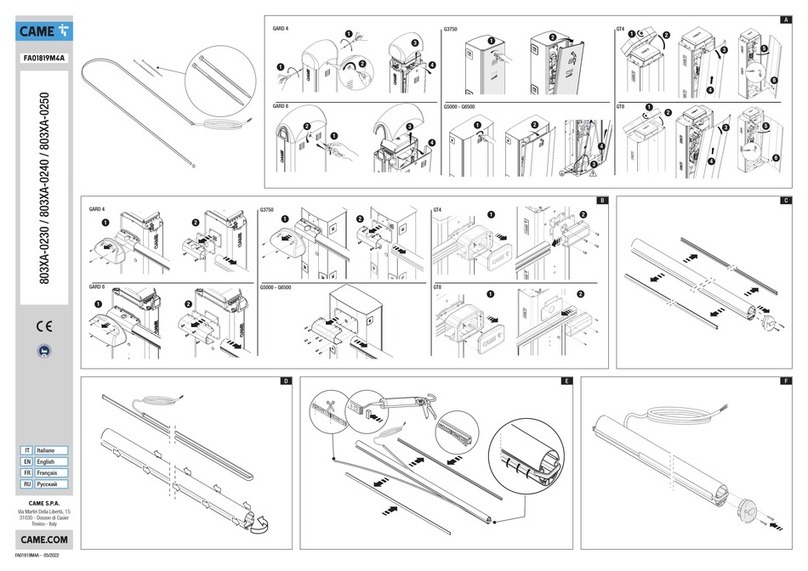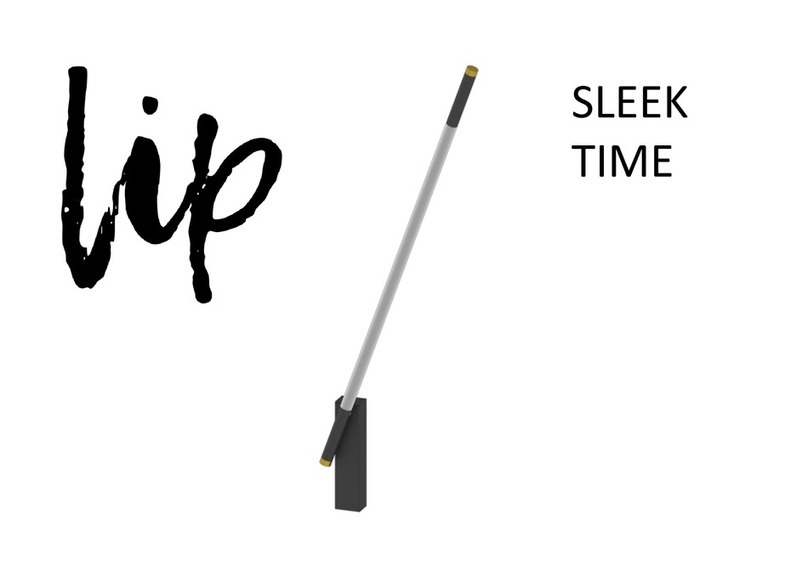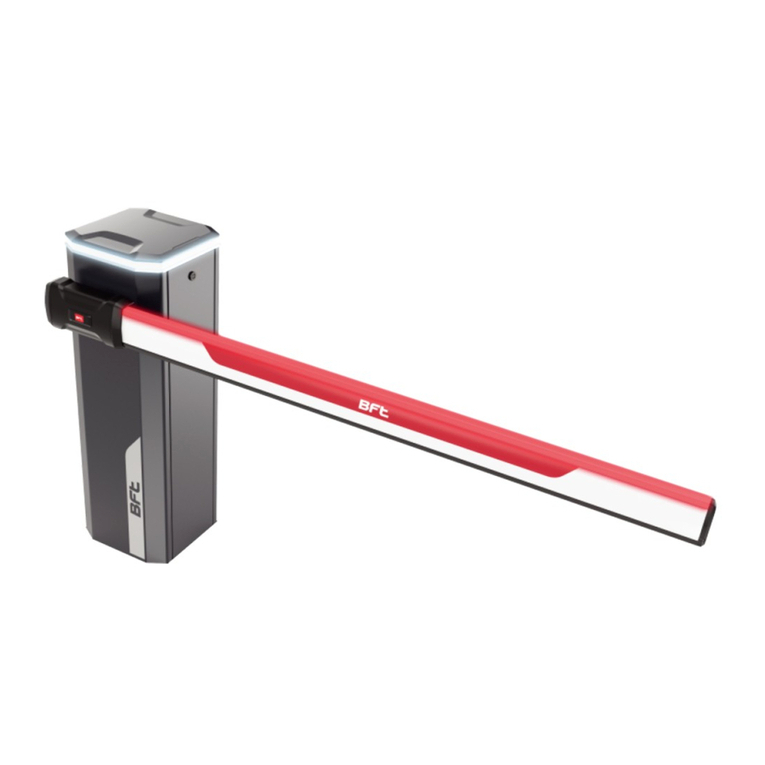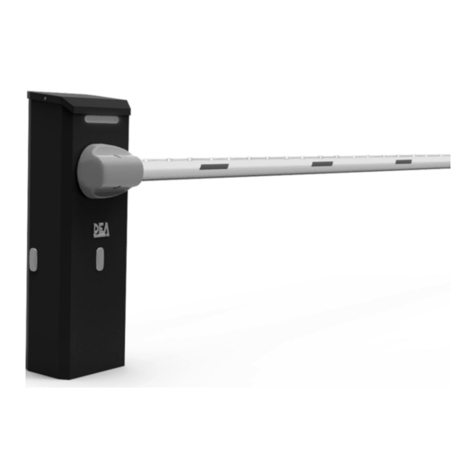Nice X-Bar Technical specifications
Other Nice Automatic Barrier manuals

Nice
Nice X-BAR barrier User manual
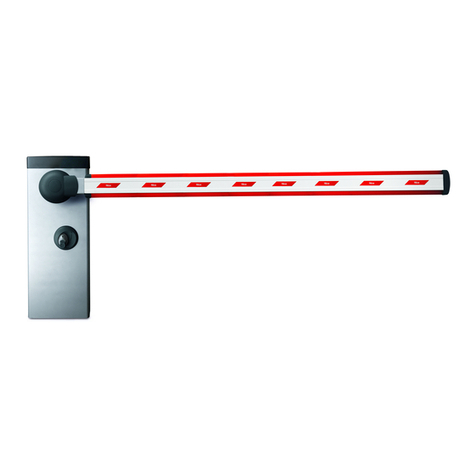
Nice
Nice Signo User manual
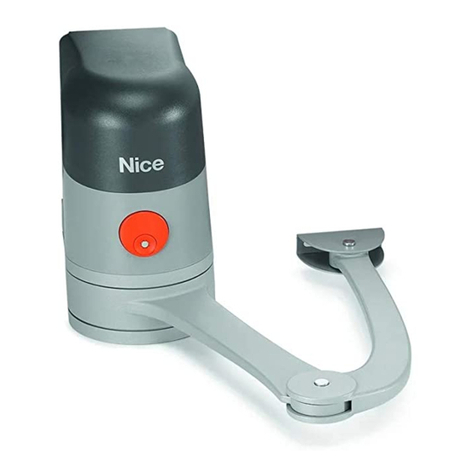
Nice
Nice MAESTRO200 Series Technical specifications
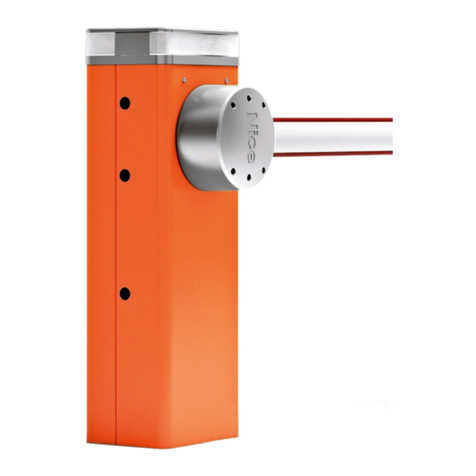
Nice
Nice M3BAR Technical specifications
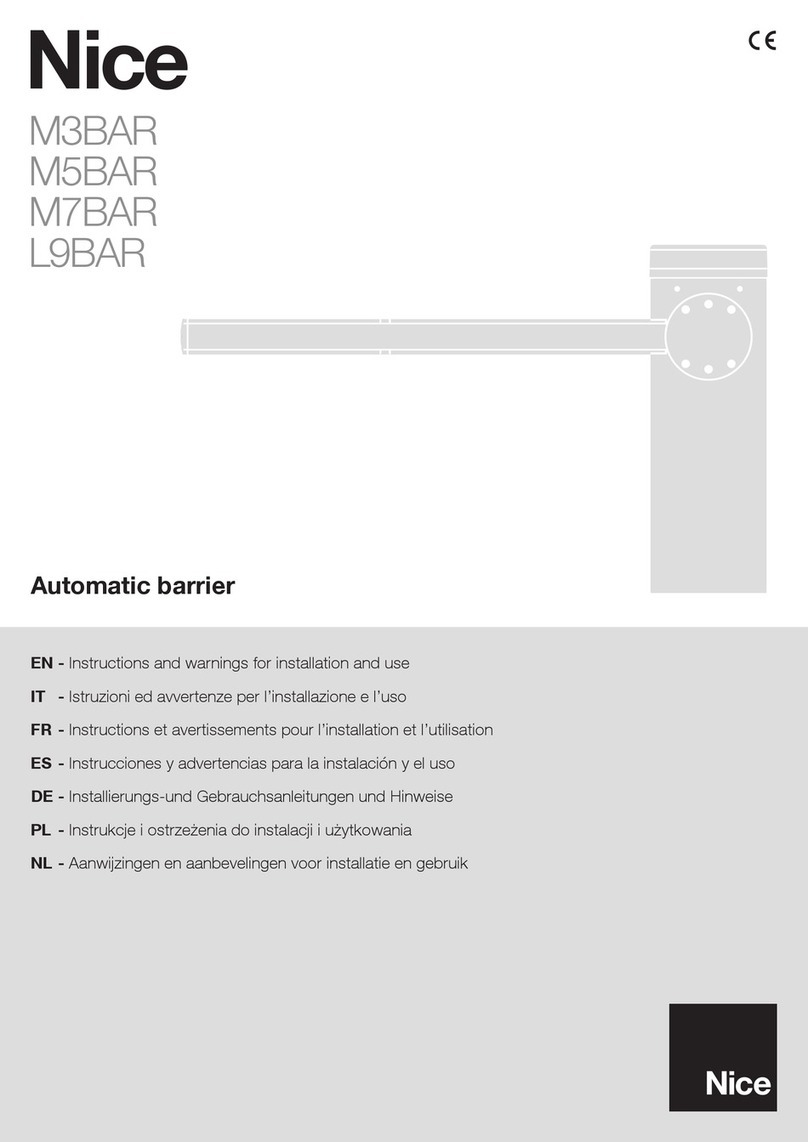
Nice
Nice M7BAR User manual
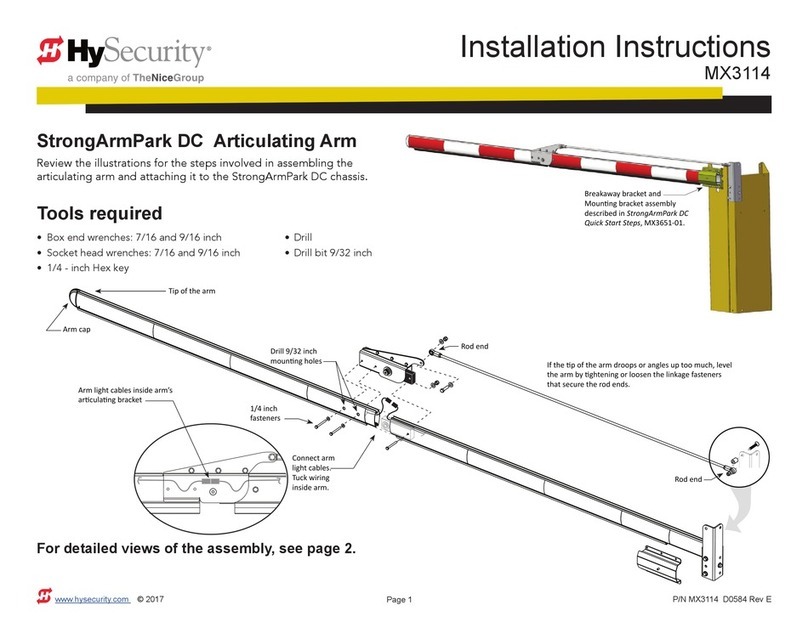
Nice
Nice HySecurity StrongArmPark DC Series User manual
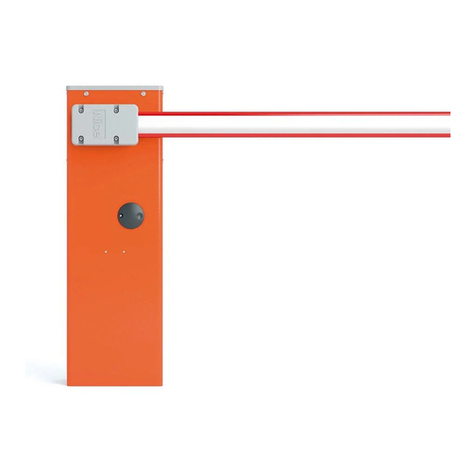
Nice
Nice WIDE M User manual
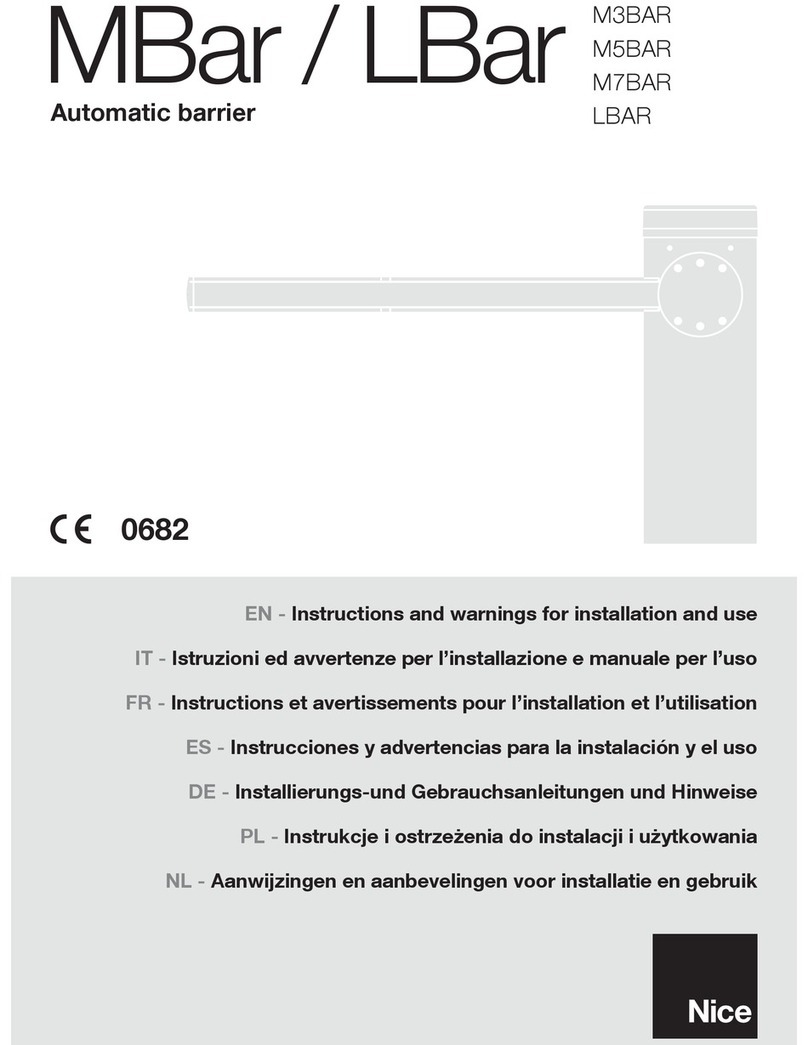
Nice
Nice LBar Technical specifications

Nice
Nice S4BAR Technical specifications
Popular Automatic Barrier manuals by other brands
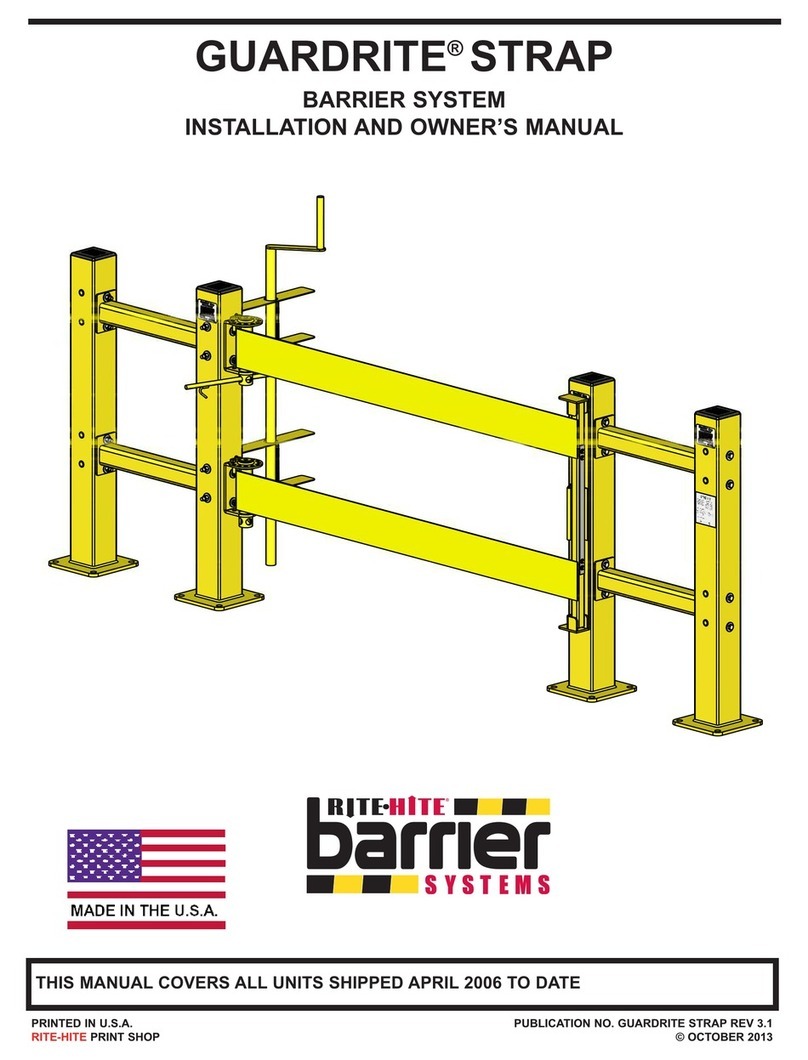
RITE-HITE
RITE-HITE GUARDRITE STRAP Installation and owner's manual

ZKTeco
ZKTeco PB3000 Series installation guide
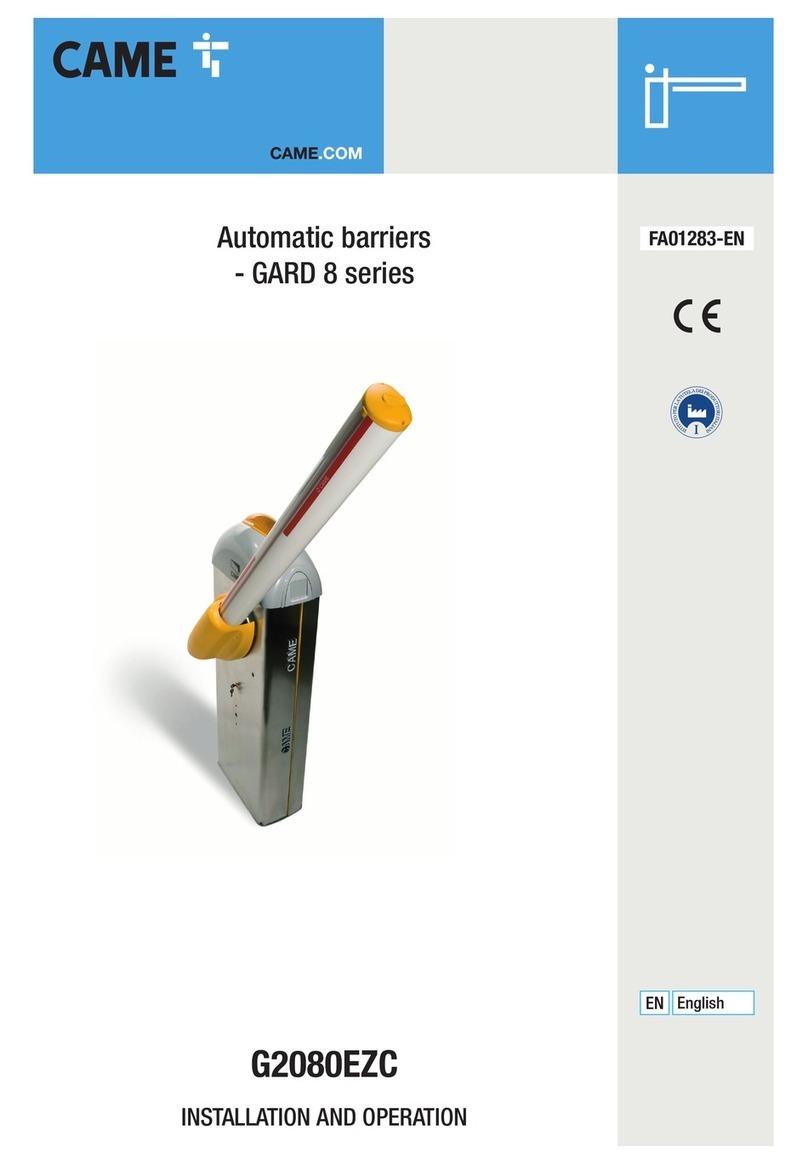
CAME
CAME G2080EZC Installation and operation manual

RITE-HITE
RITE-HITE Dok-Guardian LD Installation/Service/Owner's Manual
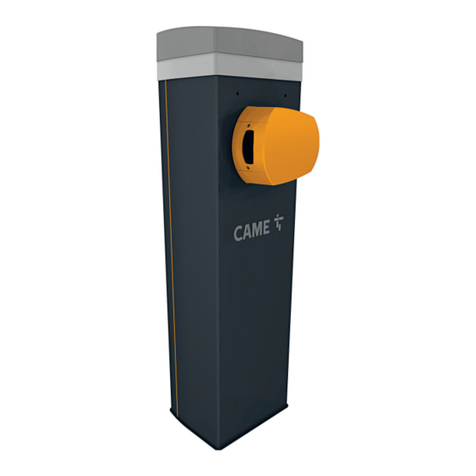
CAME
CAME GARD PX Brushless installation manual
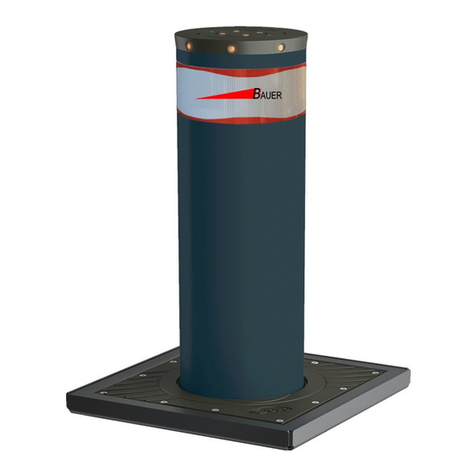
Bauer
Bauer XPASS B 275/800C L Instructions for installation, use and maintenance
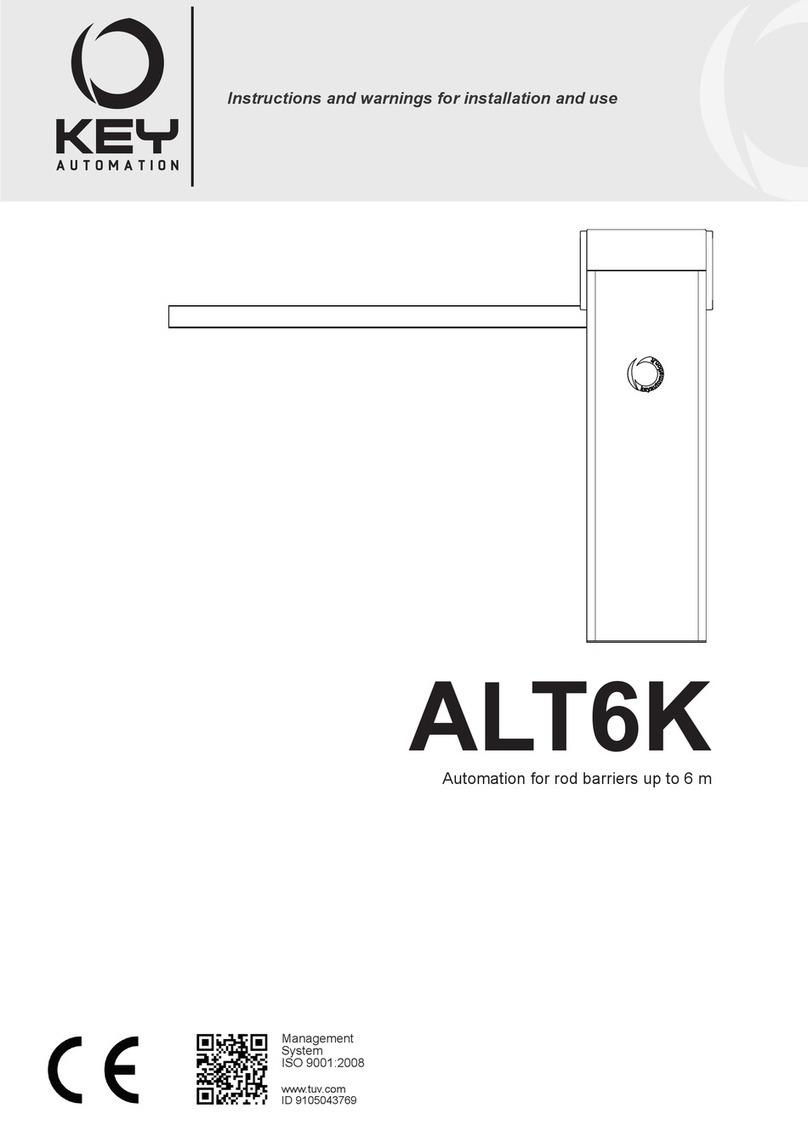
Keyautomation
Keyautomation ALT6K Series Instructions and warnings for installation and use
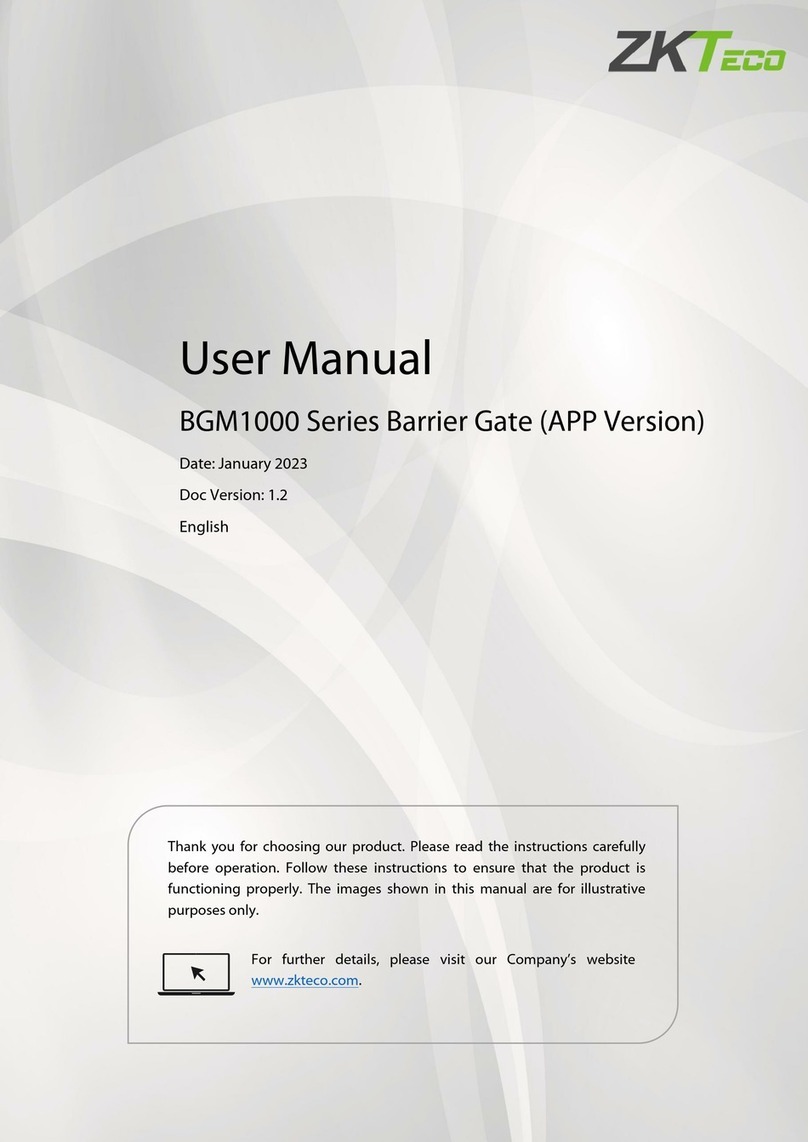
ZKTeco
ZKTeco BGM1000 Series user manual

BFT
BFT MOOVI 130/KIT BARR 130 Installation and user manual
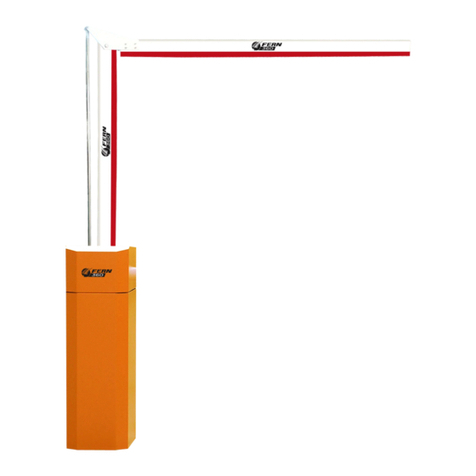
FERN360
FERN360 FGES-VB T Series user manual
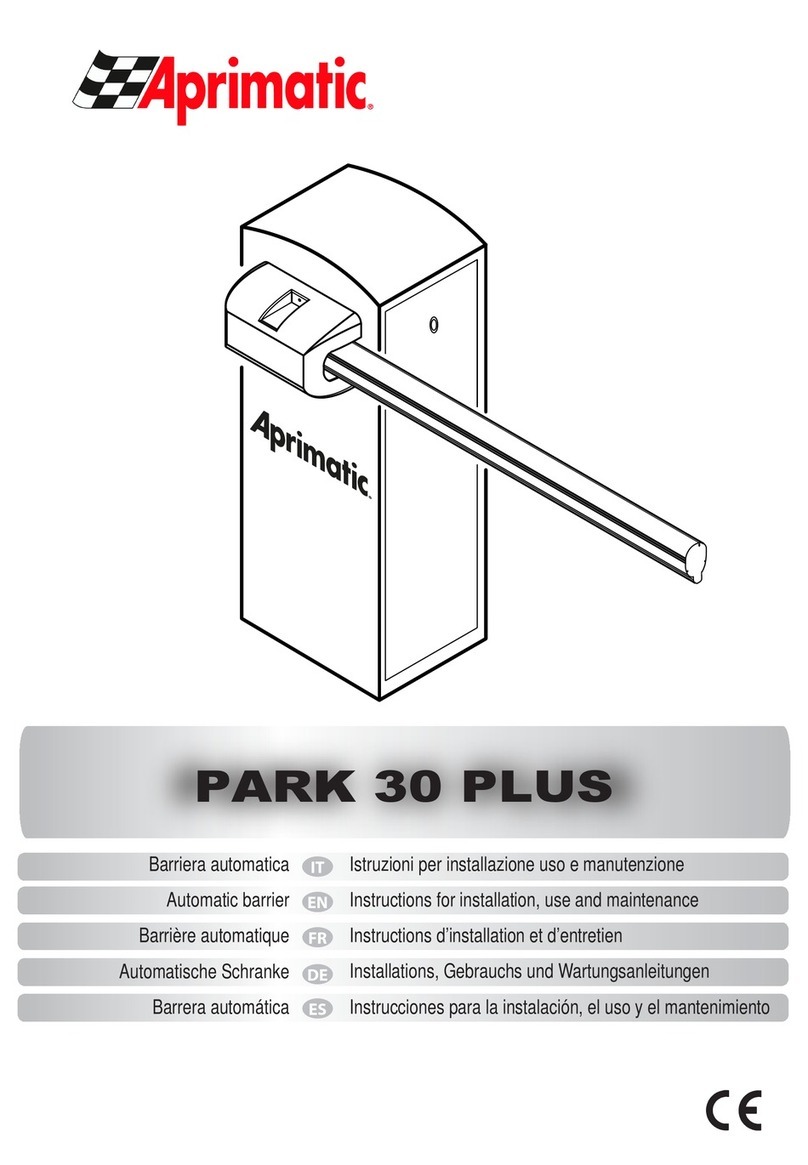
Aprimatic
Aprimatic PARK 30 PLUS Instructions for installation, use and maintenance

BFT
BFT MAXIMA ULTRA 36 EX4 Instructions for installation, use and maintenance
